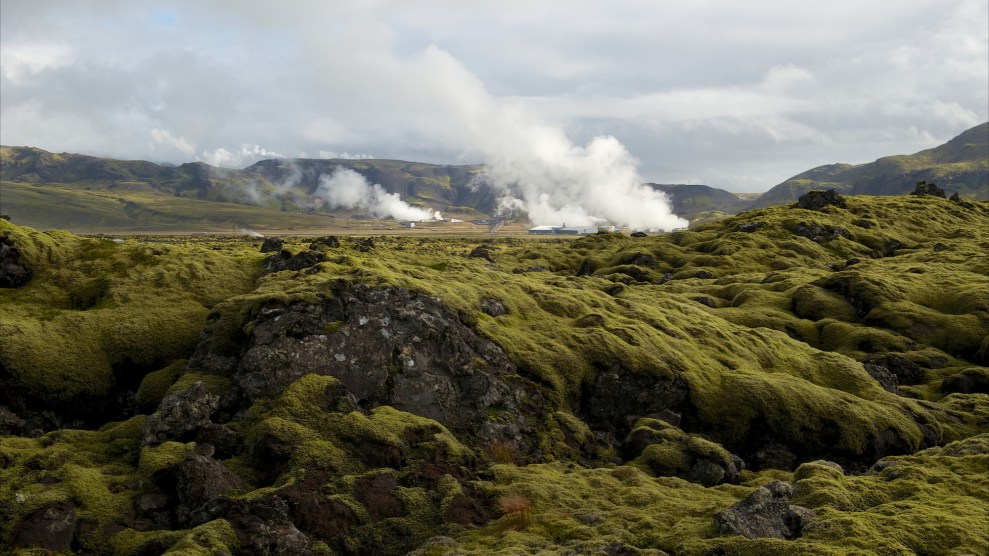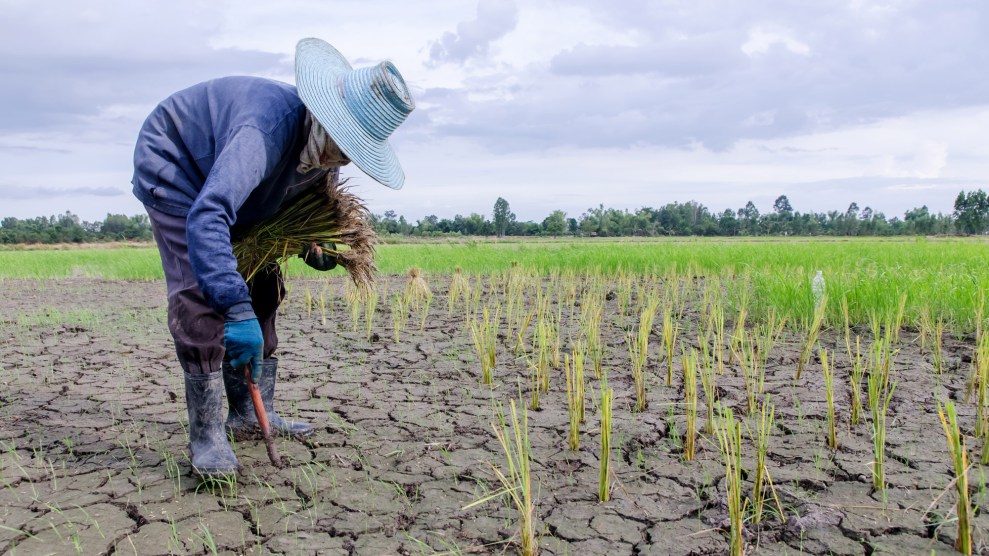
<a href="http://www.shutterstock.com/pic-334535483/stock-photo-tall-liquid-ambar-commonly-called-sweetgum-tree-or-american-sweet-gum-tree-lining-an-older.html?src=bOvTSRJ4LNe8_ruOvRVGFA-1-25">Sheila Fitzgerald</a>/Shutterstock
This story originally appeared on Grist and is reproduced here as part of the Climate Desk collaboration.
It’s not easy to price a tree, but a group of researchers from the US Forest Service and UC Davis have tried to do exactly that.
Working with a dataset of about 900,000 trees that line California’s public streets, the group sought to place a dollar value on the services those trees perform, which include “energy savings, carbon storage, air pollutant uptake, and rainfall interception.”
All told, the researchers estimate the trees contribute about $1 billion annually—nearly $111 per tree for each of the state’s 9.1 million street trees.
They found that the trees are worth $839 million annually alone based on the value they add to property, by providing more privacy and better views.
Trees help us fight climate change, too. The study values their carbon-storage abilities at $10 million each year and their energy savings (from the shade they provide) at $101 million. Between carbon sequestration and emissions reductions from energy savings, the state’s street trees avoid nearly 600,000 metric tons of CO2 emissions annually, which is like removing 120,000 cars from the road.
Trees also take pollutants like ozone and particulate matter out of the air—adding another $18 million to the tally.
Going forward, urban foresters can use the study to help guide what types of trees pack the maximum economic and environmental impact and, importantly, where to plant more of our leafy friends. Tree-lined streets and public green spaces tend to be located in the affluent, whiter parts of town.
The researchers write that there’s enough vacant space for another 16 million street trees to be planted in the state.






